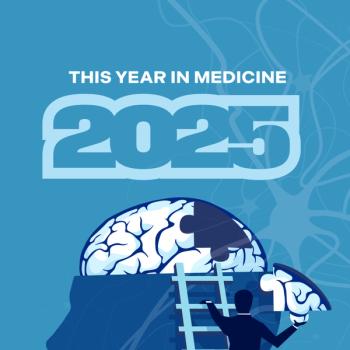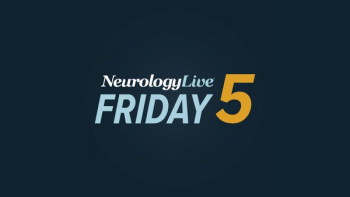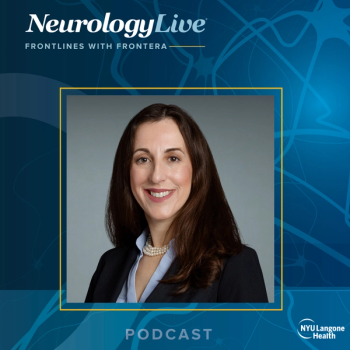
|Slideshows|December 26, 2018
New Guidelines on Pediatric Mild Traumatic Brain Injury
Author(s)Veronica Hackethal, MD
The CDC recently released the first US evidence-based guidelines on pediatric mild traumatic brain injury. Scroll through our quick slideshow to get the highlights.
Advertisement
Newsletter
Keep your finger on the pulse of neurology—subscribe to NeurologyLive for expert interviews, new data, and breakthrough treatment updates.
Advertisement
Latest CME
Advertisement
Advertisement
Trending on NeurologyLive - Clinical Neurology News and Neurology Expert Insights
1
A Clinical Review of the 2025 Restless Leg Syndrome Guidelines
2
Repositioning GLP-1 Drugs for Neurologic Disease: Evidence, Advances, and Outlook
3
Phase 3b STRENGTH Trial Provides Greater Support for Intrathecal SMA Gene Therapy
4
FDA Expands Indication for n‐Butyl Cyanoacrylate in Chronic Subdural Hematoma
5




















